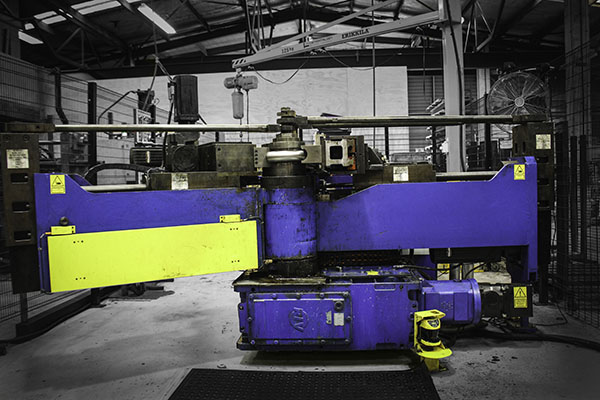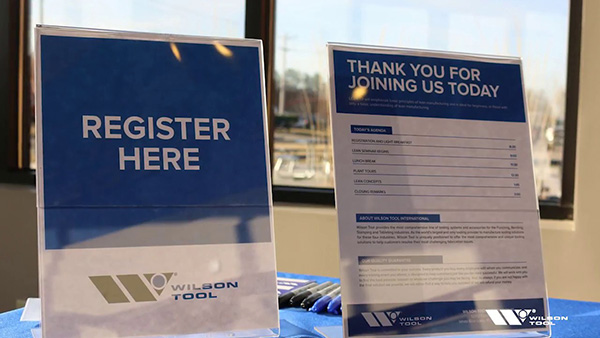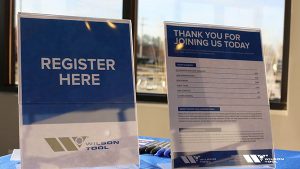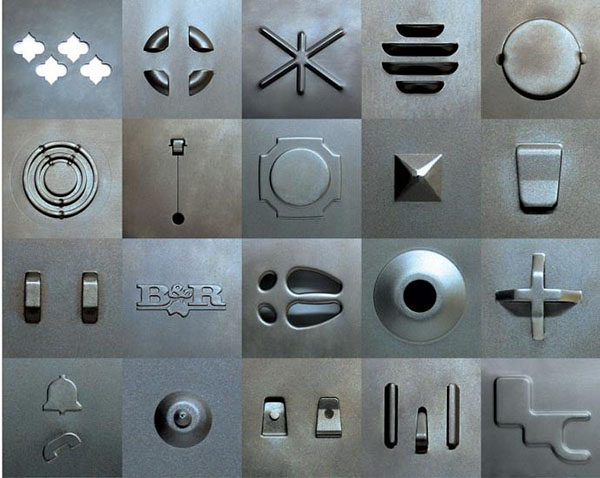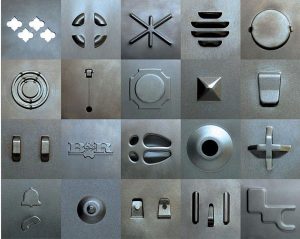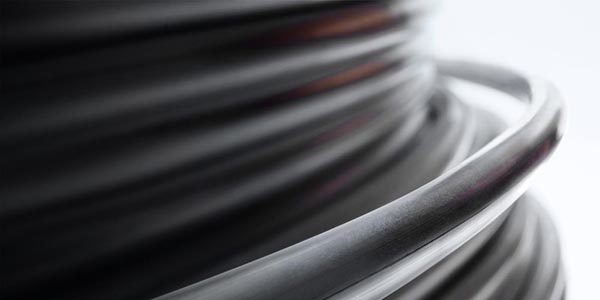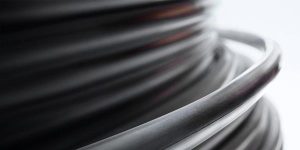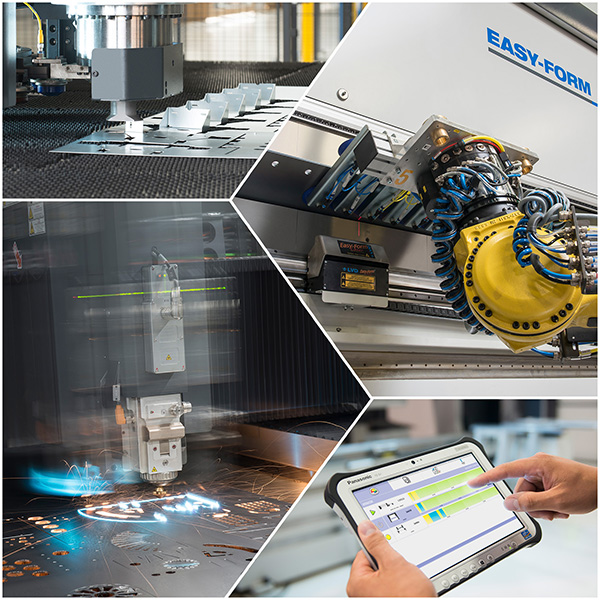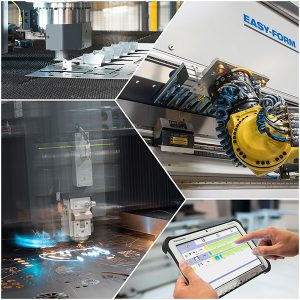Two all-electric tube-bending machines from Unison are helping Ultibend Industries to increase the manufacturing productivity of stainless steel tube fittings for food and beverage processing systems at its manufacturing facility in Wellington, New Zealand.
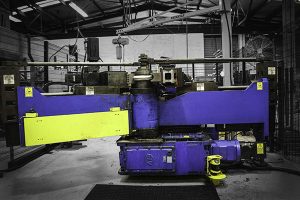
Ultibend purchased two customised tube-bending machines to suit its proprietary manufacturing process; the machines from Unison automate the bending of tube-fitting shapes such as elbows and U-bends, in sizes from 25 to 100 mm in diameter. Manufacturing operations have demonstrated that the Unison tube-bending machines have significantly boosted Ultibend’s manufacturing speed compared with its previous hydraulic bending machines.
“We knew of Unison as we have had dealings with them in the past,” says Ultibend director Linc Turley. “We like that being software engineers, Unison can take our ideas and issues, and come up with a tailored solution in the form of a customer-specific machine. They’re also an ethical company whose values align with our own. This has been proved in our dealings with them, and the excellent support and prompt response to any issues we have.”
Describing some of the key advantages of Unison’s machines, he adds: “The Unison solution has been invaluable as opposed to our old hydraulic system; the all-electric servo-driven machines give us greater control over bend parameters and increased accuracy. All the data is captured and automatically adjusted to the correct position during set up as opposed to manual adjustments. This gives us the ability to put lower skilled operators on these machines, as doing set ups and making adjustments is more straightforward.”
For further information www.unisonltd.com






